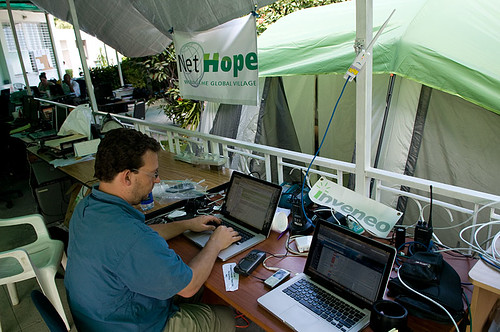
Customers in Africa can leapfrog conventional payment methods and benefit from greater financial access in an open banking system
Earlier this month in Nairobi, airtel Africa, Standard Chartered Bank, and MasterCard Worldwide announced the launch of the world’s first virtual card, known as the airtel 1time Shopping card. The airtel 1time Shopping Card operates off a wallet residing on a mobile phone. This innovative payment method aims to serve the global unbanked population in Africa, where there are close to 400 million mobile phone users with an unbanked population of 230 million households.

airtel Africa, Standard Chartered Bank and MasterCard (not pictured) collaborate on the first virtual card on a mobile phone
Michael Miebach, Division President, Middle East and Africa, MasterCard Worldwide observed how that airtel 1time Shopping card will connect consumers to the global marketplace, “Whether located in urban or rural communities, people will be able to participate in commerce from their hometown to anywhere in the world,” he commented.
This is how the system will work: airtel Africa customers in Kenya will soon be able to use their mobile phone to make online purchases from MasterCard merchants around the world and through a simplified online transaction. Each time an airtel customer is shopping online he or she will be able to request a single use shopping card number. The airtel money services then will generate a special 16 digit number that enables the completion of the transaction and when the transaction is completed, a confirmation message will be sent to the consumer’s handset.
Utilizing the mobile technology platform, airtel’s vast consumer penetration, combined with the financial and regulatory framework provided by Standard Chartered Bank, and global acceptance of MasterCard, consumers will be able to transact in a reliable, convenient and secure environment.

Airtel CEO Manoj Kohli
Speaking about the Groundbreaking innovation, Manoj Kohli, airtel’s CEO and Joint Managing Director, stated:
The airtel 1time Shopping Card…will deliver innovative and relevant mobile solutions that will help consumers overcome the daily challenges in their lives. The solution will offer consumers a robust e-commerce solution that delivers security, accessibility, acceptance, ability and a global reach
This single-use shopping card will soon be available in Kenya and rolled out to markets across Africa, subject to regulatory approvals.












































